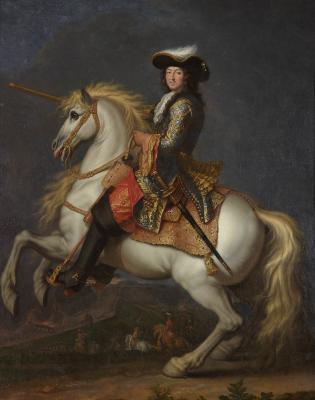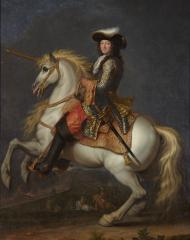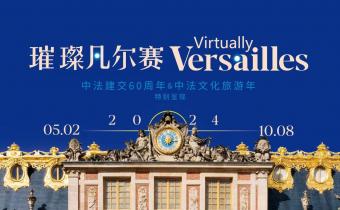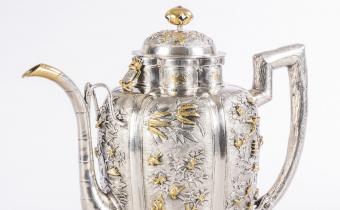Through more than 300 works, viewers explore developments over nearly half a millennium, from the 16th to the 20th century. Beginning at the dawn of the modern era, a time of profound changes to the place and use of the horse in civilian and military society, the exhibition follows history up to the eve of World War I, which marked the end of a horse-drawn civilisation and the animal’s new role in the fields of leisure and entertainment.
Consisting of 13 sections, the exhibition will enliven several of the Palace’s most iconic spaces: the Africa Rooms, the Hercules Room, the Hall of Mirrors, the War and Peace Rooms, as well as the apartments of Madame de Maintenon and the Dauphine.
layout of the exhibition
Of horses and Kings
The exhibition opens with a gallery presenting the favourite horses of European princes, sovereigns and emperors, through works such as the exceptional equine portraits making up the collection of Charles XI of Sweden, as well as more intimate paintings like those of Queen Victoria’s Arabian horses.
Royal stables: animal palaces
This section will highlight the size and beauty of the royal and aristocratic stables built in the 17th and 18th centuries: Maisons, Versailles and Chantilly. These sites make plain the importance of horses as symbols of power under the Ancien Régime.
The art of riding
The Royal Stables of Versailles also function as an educational institution, imparting skills and knowledge. The Royal Riding School at Versailles saw the art of traditional French riding reach a level of singular perfection.
The horse: master of war
One of the most compelling aspects of the tender bond between man and horse can be seen in their shared adventure in war, and often in death. The exhibition will explore the motif of the cavalry charge with a prime focus on the timeless work of Leonardo da Vinci portraying horses and soldiers as a single body, fierce and spectacular.
The horse in death
The exhibition will illustrate the carnage of modern warfare from an unconventional perspective: the massacre of horses. Through the countless equine corpses strewn about the foreground of paintings, artists accentuate the violence and wastefulness of combat.
Horses in revelry: show horses
Equestrian games were paramount events in the life of European courts. The exhibition will offer several rare accounts of these fleeting festivities: ceremonial lances, extravagant shields and quivers, sketches of caparisons, lavish gouache renderings of Swedish carousels, illuminated drawings and manuscripts.
Horses & luxury: opulence in the stables
Following from the arts of revelry, the exhibition will present an assortment of strikingly luxurious equestrian adornments fashioned as veritable objets d’art.
Ceremonial armour
The exploration continues in the royal apartments where visitors will encounter still more unexpected wonders, starting with a complete ensemble of parade armour showcased in the Hercules Room.
Masterpieces of metalwork
The crowning glory of these awe-inspiring evocations, the Peace Room will feature an array of silversmithing masterpieces as precious as they are poetic.
Horses & science
The exhibition will also reveal the relationship between art and science through an anatomical study of the horse. In particular, the earliest drawings by Andrea del Verrocchio and Leonardo da Vinci, icons in the art world, will be united for the first time thanks to the gracious collaboration of the Metropolitan Museum of Art in New York and the British Royal Collection.
The horse as model
From time immemorial, the horse has been a favourite subject and a source of inspiration for artists. The exhibition will present various masterpieces of the genre: The Piebald Horse by Paulus Potter (J. Paul Getty Museum), as well as the spectacular portraits of Eugène Delacroix and Théodore Géricault.
Horses & Legend
The exhibition will highlight the unbridled imagination surrounding the equine frame in late 19th century art: the fantastic cavalcades of Nordic mythology dialogue with the massive and extravagant paintings of Ulpiano Checa.
Galloping into a new world
The visit will conclude with the final days of equestrian civilisation. Within a few mere decades, a millennia-old way of life ceased to exist: the advent of the railroad and automotive industries took the world to new and dizzying speeds, eclipsing the steady cadence of horses’ hooves.







